
Backpacking often feels like a balancing act between carrying essential gear and keeping your pack light. As an avid backpacker who’s covered over 5,000 miles on various trails, I’ve learned the importance of packing only what I need to ensure both comfort and functionality. Here’s my comprehensive list of lightweight backpacking gear that’s perfect for anyone looking to streamline their outdoor adventures without sacrificing performance.
The Essentials: The Big Four
Backpack
I’ve used many packs over the years, from the Osprey Aura AG 65 to the minimalist Mountain Laurel Designs Prophet. My current favorite is the Gossamer Gear Gorilla Pack (40L), which I’ve used for everything from the John Muir Trail to the Colorado Trail. It’s light, with excellent features like spacious mesh pockets and cushioned shoulder straps. Plus, I can comfortably fit a bear canister, all for under 2 pounds!
Pro Tip: To keep things organized and dry, I prefer a waterproof pack liner over individual stuff sacks. A simple heavy-duty trash compactor bag works perfectly and cuts down on extra weight.
Tent
I’ve used both single and three-person tents. My go-to is the Gossamer Gear The One Tent, which is lightweight, easy to set up, and packs down small. It’s a great choice for solo hikers who want to minimize weight but still need a solid shelter. For trips with a partner or my dog, I opt for the Big Agnes Tiger Wall 3 for extra space while maintaining a low weight.
Pro Tip: I recommend swapping the standard stakes with MSR mini groundhog stakes for added stability, and using Ti shepherd hook stakes to save a little weight.
Sleeping Bag/Quilt
I switched to a sleeping quilt after years of feeling claustrophobic in sleeping bags. The Katabatic Alsek 22 has been my go-to for its lightweight design and effective insulation. Quilts offer the same warmth as sleeping bags but at a fraction of the weight. If you’re on a budget, the Big Agnes Greystone 20 is a solid option for warmth and cost.
For winter trips, I use the Feathered Friends Murre EX 0—it’s top-tier when it comes to warmth and weight.
Sleeping Pad
The Therm-a-rest NeoAir Xlite is my preferred sleeping pad, and it’s been a constant companion on all my major backpacking trips since 2017. It’s lightweight and provides excellent insulation, making it perfect for three-season trips. It’s also backed by a fantastic warranty, and Therm-a-rest has been great about replacing any faulty pads.
Pro Tip: If you’re under 5’6″, the short version of this pad will save you weight without sacrificing comfort.
Safety Gear
Headlamp
When you’re hiking in the dark, a reliable headlamp is crucial. My favorite is the Nitecore NU25. At just 1.6 oz, it’s rechargeable, has a long battery life, and includes a red light to preserve your night vision.
Satellite Communication Device
Having a satellite communicator can make all the difference in an emergency. The Garmin inReach Mini allows me to send messages and stay connected even in remote areas. I highly recommend it for peace of mind when hiking in areas with limited cell service.
First Aid Kit
Keep it simple! A basic first aid kit should include Leukotape, Ibuprofen, Benadryl, and a few antiseptic wipes. I also carry Aquatabs as a backup in case something goes wrong with my water filter.
Maps and GPS
I use GaiaGPS on my phone for backcountry navigation. It’s a reliable app that lets me download maps for offline use, and I also print physical maps with CalTopo as a backup.
Kitchen Essentials
Stove, Pot, and Fuel
For lightweight solo cooking, the MSR PocketRocket Deluxe stove is my favorite. It’s stable, efficient, and incredibly compact. I pair it with a small Toaks 750 ml titanium pot—lightweight and durable, and it heats quickly without leaving a metallic taste.
Utensils
I prefer a long-handled Alpha Spoon for my backpacking meals. It’s simple but effective, especially when scraping the last bits from freeze-dried meals.
Knife
A small, compact knife is all you need for meal prep. The Spyderco Ladybug is sharp, lightweight, and easy to use.
Water Filtration
I’m a fan of Smartwater bottles for hydration. They’re simple to refill and easy to replace if needed. I pair them with a Sawyer Squeeze filter for efficient water purification, and I always carry a few Aquatabs in case the filter fails.
Bear Canister
When backpacking in bear country, a bear canister is a must. I recommend the BearVault BV450 for short trips, as it’s spacious and lightweight. It’s essential for keeping both your food and the bears safe.
Toiletries and Hygiene
Sunscreen
For lightweight and effective sun protection, I use the Thinksport SPF 30 face stick. It’s compact, easy to apply, and doesn’t leave a greasy residue.
Lip Balm
Keep those lips protected with Sierra Stick lip balm. It’s natural and soothing, especially in the harsh conditions of the backcountry.
Hygiene Kit
A small travel toothbrush, toothpaste tabs, and a decent trowel for digging catholes are all I need. I also carry a Kula Cloth as a pee cloth—it’s comfortable, easy to clean, and far more hygienic than a bandana.
Bug Spray
Mosquitoes and ticks can ruin your hike, so I always pack Picaridin bug spray. It’s effective without damaging your gear, unlike DEET.
Wilderness Wipes
While not essential, I like to bring Wilderness Wipes for freshening up in between showers. They’re handy for wiping down after a sweaty day on the trail.
Clothing Essentials
Hiking Top and Bottoms
I swear by the REI Sahara Shade Hoodie for sun protection, and the Patagonia Trailfarer Shorts for warm-weather hiking. For cooler conditions, I prefer the Kuhl Freeflex Dash Pant—comfortable, stretchy, and ideal for cooler hikes.
Insulated Jacket
For cool mornings and evenings, I always carry my Mountain Hardwear Ghost Whisperer down jacket. It’s light, packs small, and provides just the right amount of warmth. If you’re looking for synthetic options, Patagonia Fitz Roy and Arc’teryx Cerium jackets are great alternatives.
Rain Gear
Always bring a rain jacket, even if the forecast looks clear. My current choice is the Enlightened Equipment Visp, a lightweight, packable option that works well in both rain and wind.
Extras That Make Life Easier
Pillow
For extra comfort, I bring a small inflatable pillow, especially if I have neck issues. Sea to Summit makes a great ultralight option.
Camp Shoes
Lightweight Birkenstock EVA foam sandals are perfect for relaxing around camp and for creek crossings. They’re comfortable and versatile, without adding unnecessary weight.
Trekking Poles
A pair of trekking poles like the Black Diamond Alpine Carbon poles or the ultralight Gossamer Gear LT5 are indispensable for stability and reducing joint strain.
Powerbank
If you’re using electronics, a 10,000mAh powerbank is perfect for keeping your devices charged during multi-day hikes. It’ll recharge your phone and GPS device a couple of times.
Conclusion
Packing light doesn’t mean sacrificing comfort or safety. By selecting the right gear and keeping things streamlined, you can enjoy the beauty of the backcountry without being weighed down by unnecessary items. The gear I’ve listed has been tested over countless miles, and it’s what I trust to keep me comfortable and safe on the trail.









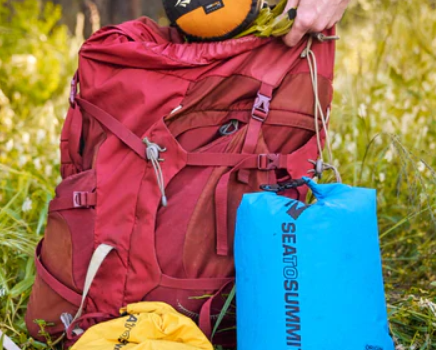
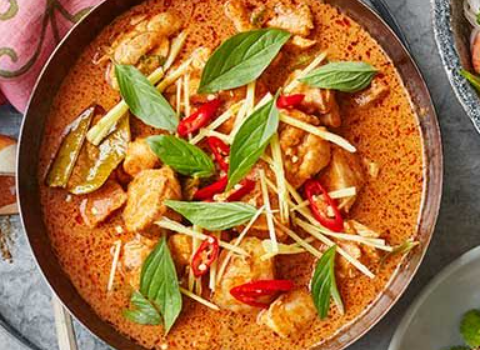


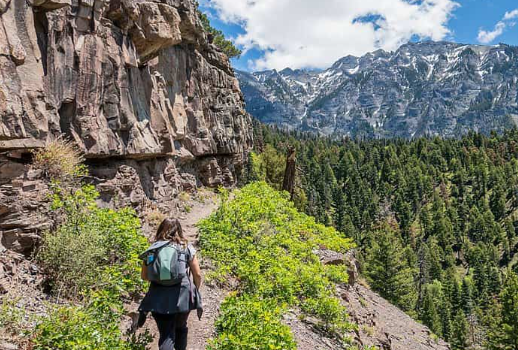

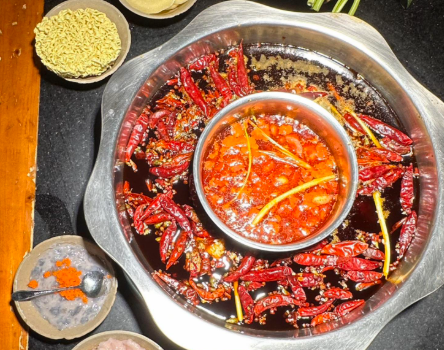
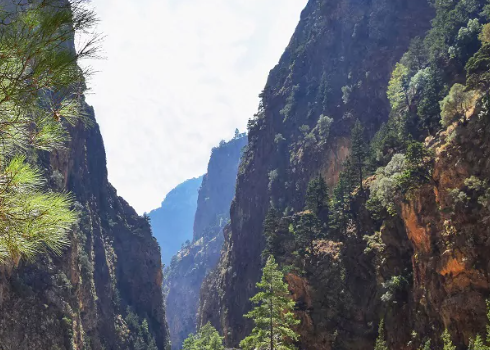

Comments